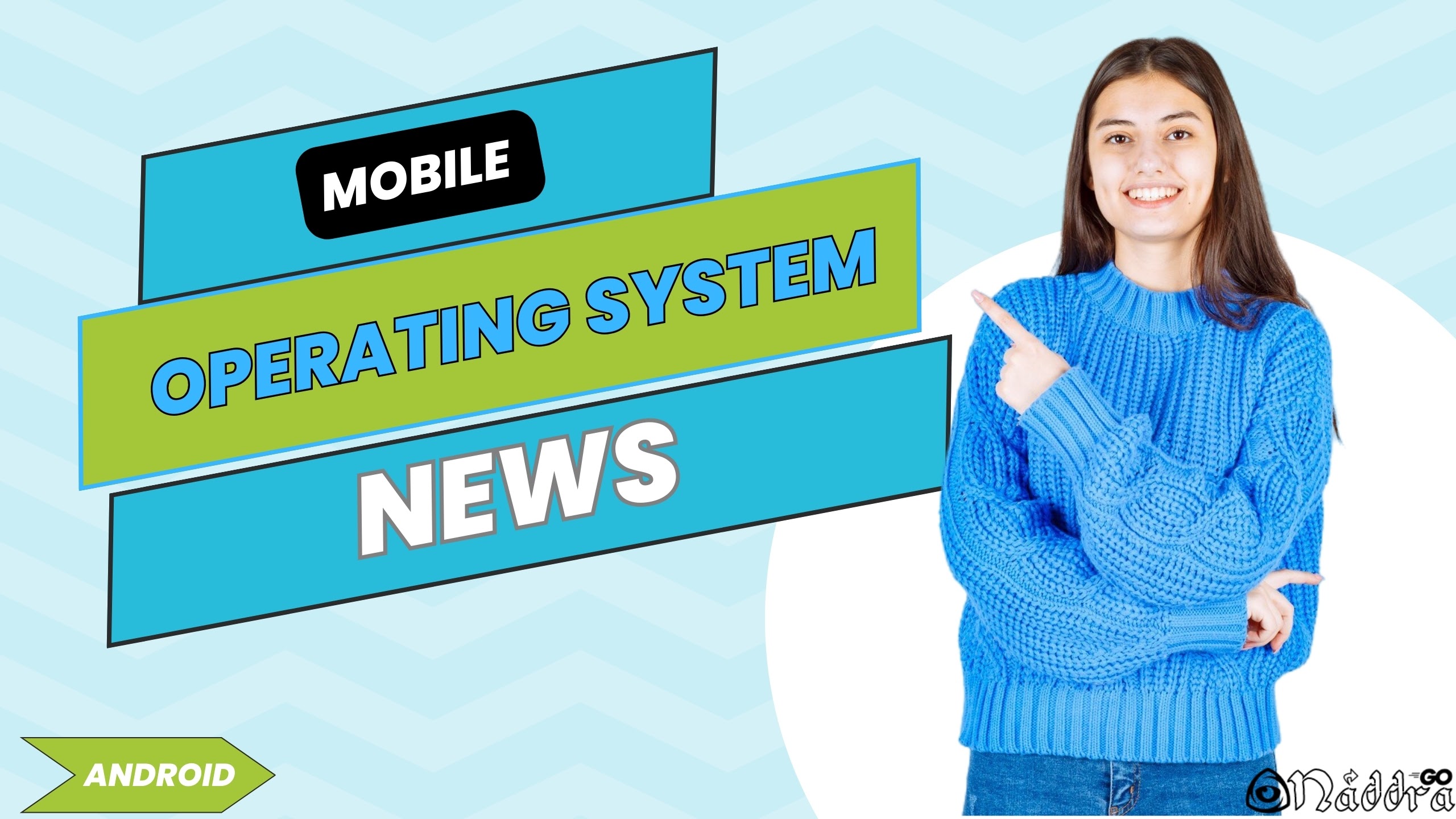Recently marked by the announcement of the release of new updates, particularly for Android, the news of mobile operating systems is particularly flourishing. On this occasion, we invite you to take a look back at the main operating systems that have emerged since the appearance of mobile terminals, as well as the new features promised by manufacturers in mid-2018.
Android: Google's operating system
Android is surely the most popular operating system internationally. In any case, it is still very popular with users. In 2017, it equipped nearly 85% of mobiles on the market. The Android developer profession also represents a particularly high volume of hiring.
Android is, basically, a variant of Linux, launched by a small startup bought very quickly by Google, and which has had nearly 18 major updates since its launch. Each of these updates itself includes intermediate updates.
The first smartphone to be equipped with this operating system was the HTC Dream. Equipped with a very limited number of applications at the start, the catalog quickly evolved and now includes millions (around 3.5 million at the end of 2017).
At present, we do not yet know the name of the next update of the Android operating system, the final version of which should be available by the end of 2018 at the latest.
iOS: Apple's operating system
Apple's iOS platform has the specificity of being proprietary software. It was in fact designed to equip products created by the Apple brand, the latter having a very different structure from other smartphones. Currently, it powers not only iPhones, but also the iPod Touch and iPad. This operating system is software derived from the Mac OS X platform, better known for equipping computers marketed by Apple Inc.
While it only supported Apple applications at its launch, the iOS operating system has gradually integrated third-party applications since 2008. Currently, the App Store has more than a million applications, a large number of which are also available in the Android store. Apple now has nearly 15% of the global market with iOS (data as of the 1st quarter of 2017).
Windows 10 Mobile: Microsoft's operating system
Successor to the Windows Phone 8 operating system, this operating system was designed to equip Microsoft smartphones and tablets. Available since the beginning of 2016 (a particularly prolific year for the mobile sector ), it mainly equips Lumia smartphone models.
The major advantage of this OS is the emphasis placed on better harmonization between the different functionalities and the user experience . Including most of Microsoft's main applications such as Skype or OneDrive, these are part of the collection available on the Microsoft store, the Windows App.
In July 2018, we learned that Microsoft would be working on a new operating system, which would not consist of a simple update of Windows 10. The brand has not yet revealed any further information. on the subject.
Tizen: the Linux operating system
The Tizen operating system was released in August 2013 on a Samsung smartphone. It was designed based on the Bada OS (also developed by the Samsung brand) and MeeGo, the objective being to pool the strengths of these two software programs. Most smartphones with this operating system are primarily products created by Samsung and marketed in India .
Little by little, the Tizen platform will extend beyond smartphones to equip Samsung's connected watches or “Smart Watches”. Free and multiplatform software, it currently equips several hundred tablets and connected televisions.
Bada: Samsung's operating system (2010 – 2014)
Launched in 2010, this operating system was developed to equip Samsung's smartphones. Mainly equipping the Wave range, the Samsung Apps store offered around 5,000 applications.
The cessation of its development was announced in December 2014 by Samsung, which chose to focus on the Tizen operating system as well as the use of Android for the majority of its smartphones.
HP WebOS operating system
Originally created by Palm Inc. and purchased by HP, the HP WebOS operating system was designed for smartphones and tablets. At the end of 2011, the manufacturer nevertheless announced the cessation of its development in order to make it free software.
In 2013, LG finally bought the WebOS operating system from HP and integrated it into its connected televisions.
BlackBerry OS: the Blackberry operating system (1999 – 2014)
BlackBerry was an operating system designed for a professional target (businessmen), whose main characteristic was more advanced data encryption than its competitors in order to guarantee a high level of security. Created in 1999 by Blackberry, it very quickly experienced dazzling success with its target audience, and occupied more than 18% of the market share in 2010.
Despite this performance, Blackberry OS experienced a dizzying drop in 2014 and then only fitted 1% of smartphones sold. This operating system no longer equips almost any smartphone on the market.
The Symbian OS operating system (1998 – 2013)
Symbian OS is an operating system created by Symbian Ltd for the purpose of equipping mobile phones. It was bought in 2008 by the manufacturer Nokia and the company decided to make it free downloadable software from 2010.
Abandoned since 2013, this operating system had the particularity of providing the essential functionalities of the OS while leaving the freedom to each manufacturer to develop their own user interface. Thus, several branches of this platform have been designed and marketed.

